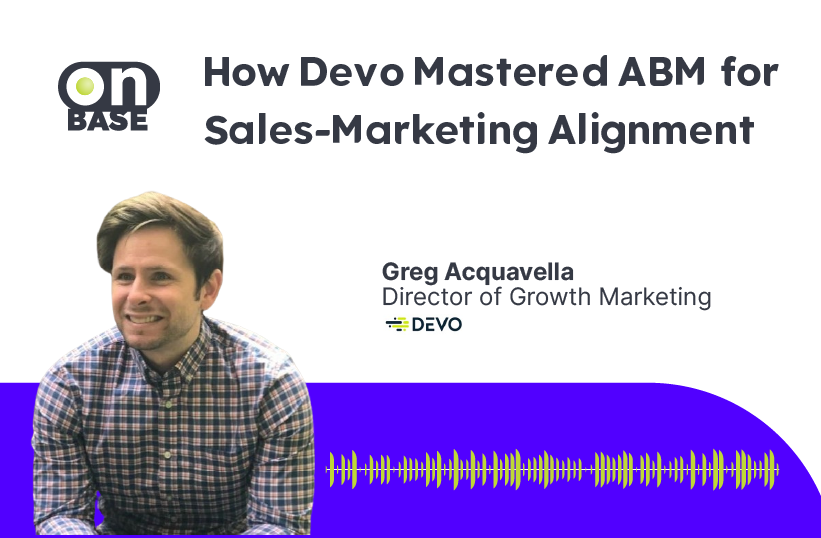Shownotes
This episode of Sunny Side Up breaks down the biggest challenges – and smartest strategies – for taking mergers and acquisitions from execution to implementation. In his role as director of global sales & service ops at Siemens Digital Industries Software, it’s Jeff’s job to smooth the way when organizations need to come into alignment quickly post M&A. Among other things, he leads Sieman’s integration team, which is responsible for driving the process from alignment to critical systems deployment to continued operating efficiency and seamless user experience. For sales teams, the news of an acquisition or merger often comes as somewhat of a surprise and may be disturbing or distracting. Not, however, if companies act intentionally and undertake some of the measures that Jeff describes in this conversation, including strategies to leverage technology, communications, and data analytics.
About the Guest
Jeff is currently working as the Director, EDA Sales and Service Operations for Siemens Digital Industry Software (DISW), the software-focused division of Siemens AG providing a wide range of software and packaged solutions for everything from electronic and mechanical design to lifecycle management and manufacturing. DISW represents more than 22,000 of the overall 300,000+ employees of Siemens AG. DISW does several billion dollars a year in revenue across more than 200 countries. Prior to that, he spent the better part of 20 years in the management consulting space working for companies like Deloitte and Booz Allen, growing practices around decision analytics and operations research. He has an undergrad degree in Finance from George Mason University and a Global MBA from Thunderbird.
Key Takeaways
- What it means to work in M&A integration and the role Jeff plays.
- Key strategies for successful integration.
- The role of technology in smooth alignment and adoption.
- How data analytics can be leveraged to help at all levels of the enterprise.
- What lies ahead in the realm of M&A.
Quotes
“It’s important to develop a playbook so not every acquisition is a surprise to everybody, and there are methodical steps around awareness and communication.”
Episode Highlights
What are some of the key strategies for successful M&A integration?
Siemens acquires new companies – generally small, niche concerns – about every 60 to 90 days, and each has its own set of challenges. The streamlining processes that Jeff has developed are effective, but one playbook does not fit all. Large organizations buying other large organizations demand another level of sophistication that involves unique tools and organizational strategies, including sales structures. How do you create alignment where you need to and move in tandem when indicated? Harking back to his days in consulting, Jeff finds matrixes an efficient way of managing data and structuring priorities. A dedicated integration team takes the pressure off everyone in transition. Bringing team members into the process at the outset makes all the difference.
How does technology affect M&A?
The technology available to help with integration processes has grown by leaps and bounds, especially with systems like CRMs, which make expansion quicker and more effective across organizations. Salesforce.com is a huge asset and leverages various other tools that ease upgrades and adoption in such areas as account planning and training. Despite this progress, technology is still a primary challenge. Jeff recommends making your IT organization an integral part of the integration process from the very beginning. They understand the systems architecture, the pricing, and the best use of resources across the enterprise.
In what capacity do data analytics contribute the most value?
Jeff has focused extensively in recent years on disparate systems across the organization, which is further convoluted by legacy, middleware, and distributed institutional memory. He recognized that a lack of data isn’t an issue; the issue is how to aggregate and optimize the data that already exists methodically. That means partnering with sales managers, account directors, and channel VPs to figure out what business questions they’re asking and what they really need to excel in their jobs. You don’t want to generate random reports and analytics but rather want to decipher a complex network of disparate transaction systems and get a holistic picture. Jeff is working hard to provide more self-help analytics with curated data sets so team members can get granular individually but also still be working from the same overall data framework. Word advice: When it comes to M&A, consistency is king. Make it a priority to ensure that metrics are well-defined and deployed uniformly across organizations.
Where do you see the future of Mergers & Acquisitions?
Things are changing rapidly! Some of the big challenges are: Integrations are a multi-year endeavor that impacts core business. Back-office support can be a great mediator, especially given the technology and tools available today. It’s possible to operate the parent company and new acquisition in parallel, using analytics to close the gap in shared systems and buy time while sales organizations and sales ops assess what processes will work best across the board over time. As businesses become bigger and need a multi-organizational structure, there is more room for time to align and identify the kinds of integrations that merit priority and will best serve the organization overall.
Recommended Reading/Resources
- Jeff is a regular reader of the weekly tech sections published by The Financial Times, The New York Times, and The Wall Street Journal.

Sunny Side Up
B2B podcast for, Smarter GTM™




